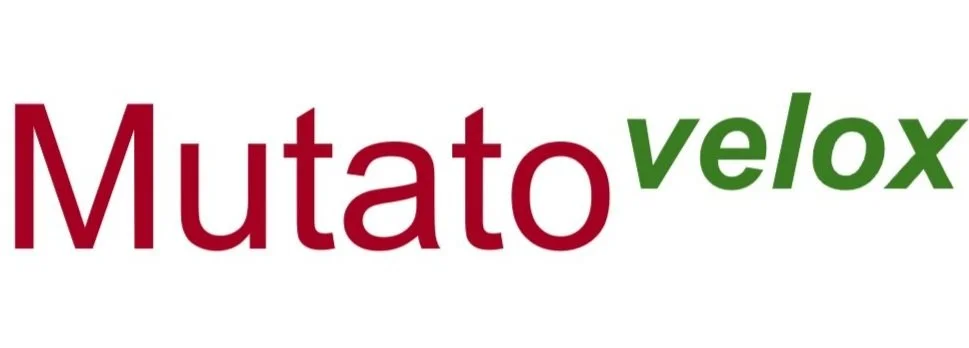New Product Development and M&A
New Product Development- Strive for Mastery
Understanding what determines success in NPD began in the early 1980s with the Industrial Research Institute (IRI-US) and EIRMA (EU) at the forefront of industrial (member) knowledge sharing. Good studies are published by HBR–BAH-ADL over that period, which can be easily accessed online.
When considering the role of R&D in NPD, it is essential to distinguish between explorative, basic research, and new product development R&D activities. These are sufficiently different that they require their own talent approach (scientists with various skill and mindsets) even though their academic qualifications are comparable. NPD needs to be closely aligned to the business strategy and (emerging) market needs, and this necessitates a multi-disciplinary/functional team, at the least for the project leader.
A significant number of systemic studies have also shown that companies' competencies (innovation, process scale-up, manufacturing, understanding the application, and understanding the emerging market, among others) are critical. Results showed that companies that excel in three or more competencies are more successful, launching three times as many new products and generating three to five times more profit from NPD than companies that excel in only one competency. Successful leaders in FMCG, for example, are very good at least in Product Development, Manufacturing, and Marketing. Prioritizing one or two additional competencies that need to be developed to succeed in the market is the first point of action, followed by a long-term implementation project plan for companies that want to advance. While building new competencies, choices must be made regularly regarding which current NPD projects are worthy of ongoing investment. It is helpful to customise a ‘stage-gate’ model, depicted as a linear sequence of (typically 4-6) project phases, each with go/ no-go decision criteria. It is common for starting teams to view this model as a linear process where overcoming hurdles to the next phase takes priority. However, experienced NPD teams use the model as a systems framework for asking better questions amongst themselves. I.e., the foresight to identify an issue in Phase II that may become a problem in Phase V and catch it in Phase II rather than Phase IV.
This internal learning effort over time then becomes a source for generating significant competitive advantage, increasing the probability of working on the right projects, and accelerating speed to market. Attaining this state of 'mastery,' though, will clearly require a deliberate effort and commitment.
M&A– Closing the gaps in due diligence and post-merger integration.
M&A has historically been an often-used vehicle that has been plagued by varying results. Deal and Kennedy in Corporate Cultures highlighted the unintended consequences of the M&A wave in the 1980s. Since then, it has been frequently observed by leading business newspapers and consulting companies that M&A failure rates remain considerable and appear to have shown little improvement for well over twenty years.
Recently, Lev and Gu completed a seminal work, published in 'The M&A Failure Trap' (2024), in which thousands of mergers and acquisitions were analyzed to identify the precise reasons for success or failure. Details will not be reviewed here, as abstracts are readily accessible; reading the entire book is highly recommended. They developed a weighted factor analysis to calculate the probability of success for a proposed M&A initiative, to inform deal-making decisions.
Valuation of established companies with tangible industrial assets in existing markets is difficult enough but ‘doable’ in financial due diligence. Often, claimed synergistic aspects during deal making based on geography, SG&A, economies of scale, expanded product portfolio, etc., do not materialize post-merger as markets judge differently. In post-M&A, the degree of attention and planning will depend on the complexity of the M&A initiative. As quality post-M&A implementation plans are still rare, at minimum a detailed ‘early warning’ implementation monitoring and risk analysis plan should be put in place.
Science-based Specialty Chemicals and Biotechnology companies in embryonic and early growth phases experience a distinct complexity in M&A compared to mature industries and markets. Attempts to assign a value to an existing patent portfolio, know-how, or access to talented individuals is at best an estimate. In the embryonic or early growth stage, the value proposition can be tested in the market qualitatively, although it remains challenging to assign a revenue value.
Creating additional future value, then, is largely determined by your ability to leverage your talent pool and competencies. That includes the sales, marketing, business development, product development and R&D functions. This is difficult enough under existing ownership; yet, in an M&A situation, the people who make the difference in the target company may lose their interest and motivation. Once the talent walks, most of the value goes with it. Note that established industrial chemical companies are not shielded from this phenomenon either, some recent acquisitions in the polymer materials and specialty chemicals already have led to customer dissatisfaction on technical and application development services. Whether the acquirer is an industry player, a PE or VC fund, a rigorous approach in the due diligence phase, on how to manage expectations, future decision making, and career prospects, is not a luxury exercise.
